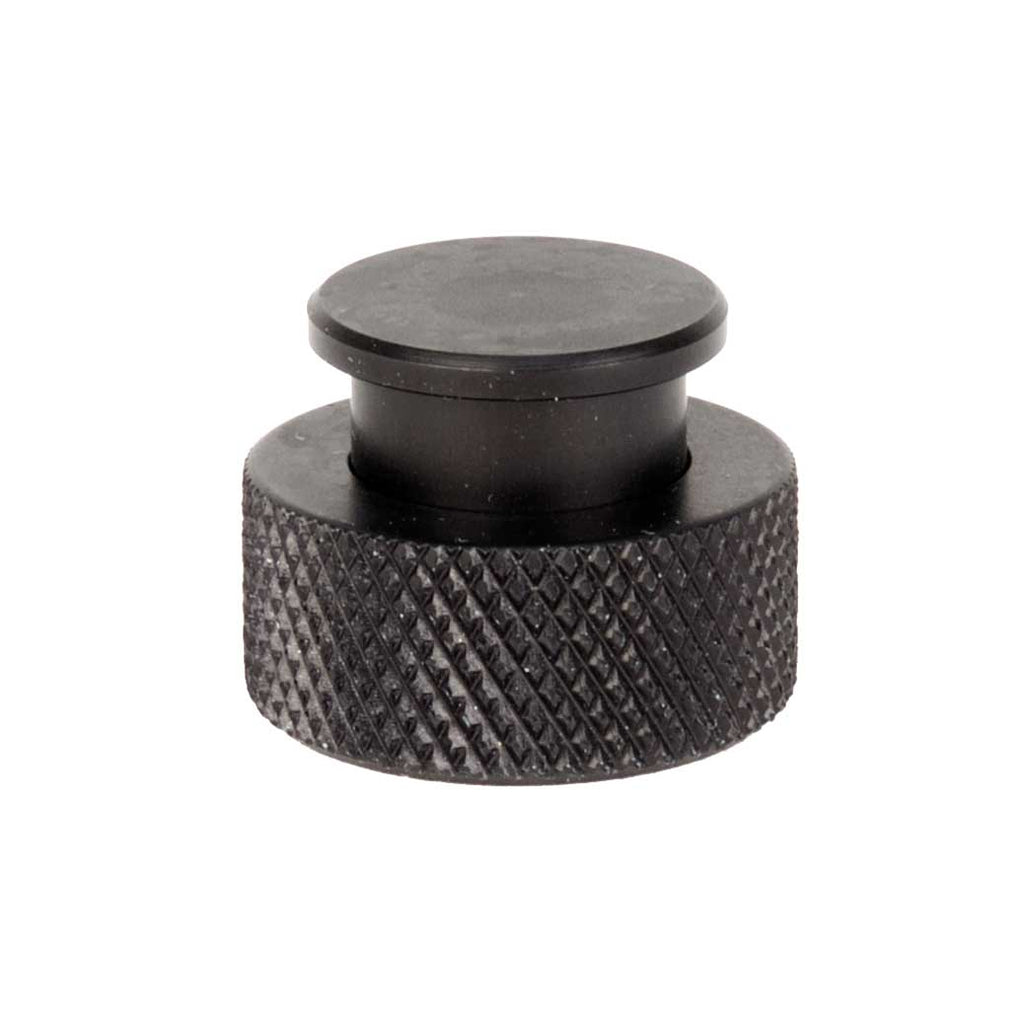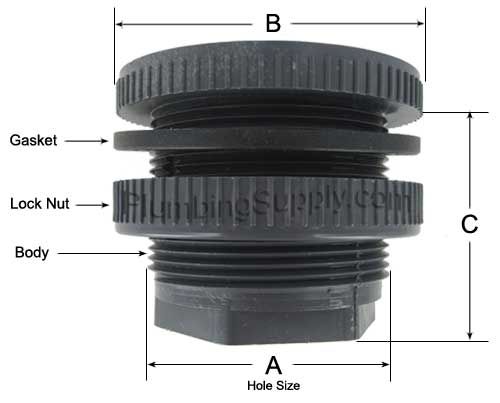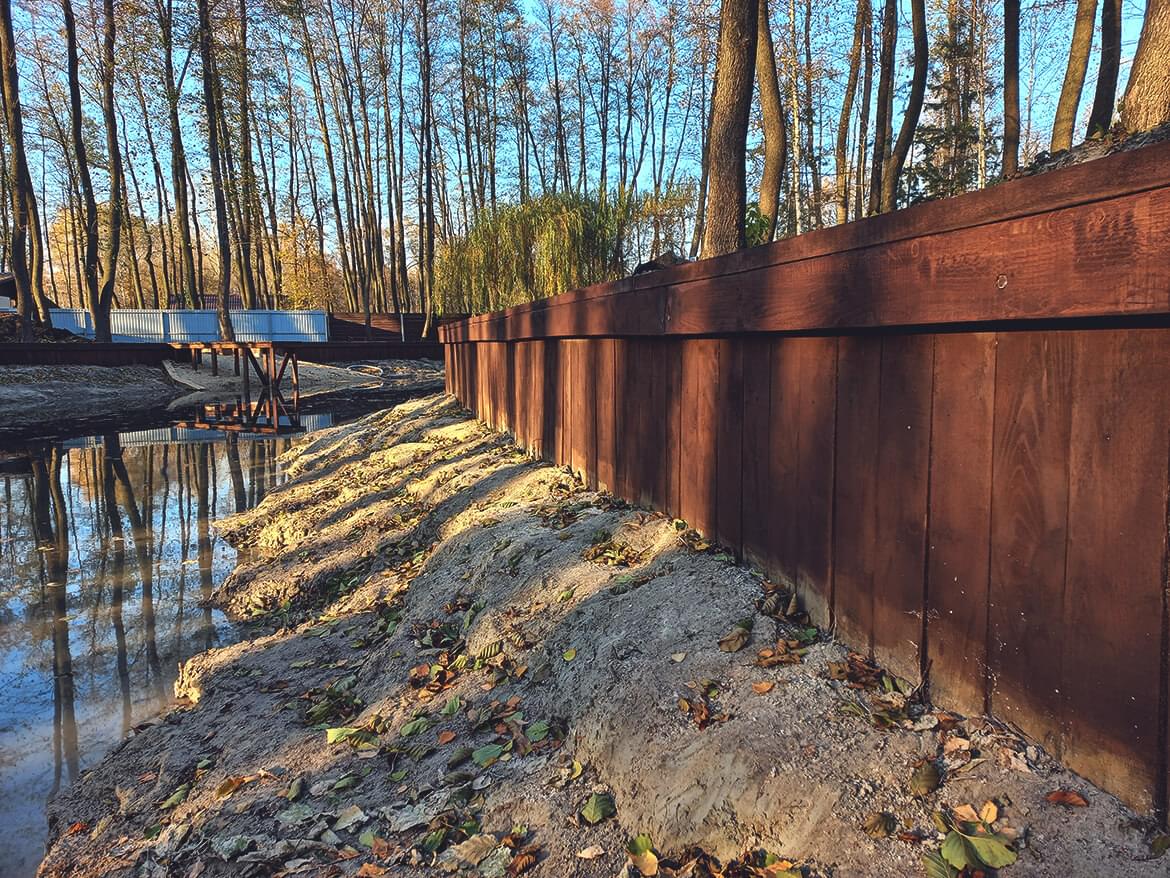Bulkhead on Lake Livingston for Office Buildings: Ideas
Wiki Article
Discovering the Different Usages of Bulkhead Frameworks in Modern Design
Bulkhead frameworks play a significant function in modern style, serving both visual and useful functions. They can define spaces, improve storage remedies, and boost lights. In commercial settings, they function as prime focus that show brand identification - Bulkhead on Lake Livingston. In addition, their assimilation commonly sustains audio management and sustainable techniques. Comprehending the full range of their applications discloses much concerning contemporary layout trends and individual experience. What cutting-edge usages of bulkheads might emerge in the future?Defining Bulkhead Frameworks
Bulkhead frameworks play an important role in modern architecture, serving as necessary components in numerous structure layouts. These structures are normally defined as increased ceilings or systems, often used to conceal mechanical systems, electrical wiring, or plumbing. Bulkheads can be located in both residential and business settings, where they offer a seamless mix of capability and looks. Their layout can incorporate illumination fixtures and other ornamental components, improving the overall visual allure of a room.Generally constructed from materials such as timber, drywall, or steel, bulkheads can be personalized to fit the building design and requirements of the building (Bulkhead on Lake Livingston). They serve not only to hide unsightly infrastructure however also to produce specified zones within open spaces. By managing the flow of an area, bulkheads add to the spatial organization, making them a considerable facet of contemporary architectural technique. Their definition envelops both practical and visual dimensions.
Useful Applications in Residential Layout
Bulkhead structures play a necessary role in residential design by helping with room optimization approaches that maximize functional areas. Moreover, they contribute aesthetic design elements that improve the aesthetic charm of living areas. On top of that, these frameworks supply essential structural assistance solutions, guaranteeing the integrity and safety of the home.Space Optimization Approaches
As contemporary residential layouts progressively prioritize efficient use area, innovative methods arise to make best use of functionality without compromising appearances. One prominent approach involves the integration of bulkhead structures, which can mark locations while giving essential storage space remedies. These structures can be used to develop vertical storage devices that improve both organization and accessibility. Additionally, multi-functional furnishings, such as convertible couches and foldable tables, matches bulkhead layouts, permitting spaces to adapt to differing requirements. Open up flooring strategies further maximize spatial circulation, encouraging versatility in operation. Incorporating integrated shelving and recessed lights within bulkheads likewise contributes to a streamlined environment, guaranteeing that fully of space is utilized efficiently and harmoniously within the total style.Aesthetic Style Components

Structural Support Solutions
In modern household style, an effective structural support solution is important for preserving the stability of spaces while optimizing layout and performance. Bulkhead structures play a considerable function in this situation, working as both assistance and partitioning components. They can hide mechanical systems, such as plumbing and electric wiring, while offering reinforcement to the ceiling and flooring systems. By strategically placing bulkheads, engineers can create defined areas within open layout, boosting usability without jeopardizing structural stability. Additionally, these frameworks can accommodate lights components, contributing to both aesthetic appeals and functionality. To summarize, bulkhead structures are important in domestic layout, using flexible support solutions that improve both the capability and aesthetic appeal of living areas.Enhancing Aesthetics in Commercial Spaces
When commercial spaces accept ingenious bulkhead frameworks, they not just define physical borders but also substantially boost the overall aesthetics of the environment. These architectural components work as visual prime focus, attracting interest and creating a feeling of intrigue. By integrating varied products such as metal, glass, or timber, bulkheads can mirror a brand's identification and objective, adding to a natural design.Moreover, the strategic placement of bulkheads can adjust light and shadow, including deepness and dimension to otherwise flat areas. This interplay can change a business area right into a welcoming ambience, encouraging client interaction. Furthermore, making use of color and texture in bulkhead design can evoke particular feelings, enhancing the overall client experience. Eventually, the thoughtful integration of bulkhead structures raises the visual allure of industrial rooms, making them not just useful however likewise visually enchanting, therefore fostering an enduring perception on visitors.
Acoustic Efficiency and Audio Administration
Reliable acoustic efficiency plays an important role in modern architecture, particularly within commercial rooms where audio management is important. Bulkhead frameworks can considerably enhance acoustic high qualities by soaking up noise, decreasing reverberation, and mitigating sound transfer in between areas. These features are especially helpful in settings such as dining establishments, offices, and theaters, where clear communication and a pleasurable acoustic experience are extremely important.The critical placement and style of bulkheads can help create sound-buffer zones, effectively isolating noisy areas from quieter ones. Products used in bulkhead building and construction, such as soft surfaces and acoustic panels, add to their sound-dampening capabilities. Furthermore, the incorporation of bulkheads permits the combination of sound-absorbing aspects without compromising visual appeal. By attending to acoustic efficiency, architects can produce unified settings that enhance convenience, improve individual experience, and advertise performance, making bulkheads a vital element in the style of contemporary commercial areas.
Integrating Bulkheads for Effective Room Application
Frequently forgotten, the assimilation of bulkheads in building style can considerably enhance room utilization in contemporary structures. These structural elements offer several functional purposes, supplying a means to conceal mechanical systems, electrical wiring, and pipes without jeopardizing aesthetics. By strategically placing bulkheads, designers can produce specified locations within open layout, therefore assisting in far better organization and flow.Bulkheads can investigate this site integrate storage services and illumination features, making best use of the functionality of otherwise wasted vertical area. In household setups, they might define areas such as kitchens or living areas, while in business spaces, they can enhance the effectiveness of formats by clearly marking pathways and job areas.
Eventually, the thoughtful assimilation of bulkheads adds to a much more visually enticing and well organized setting, permitting for adaptable areas that can advance with the requirements of their occupants. This method not just optimizes area yet additionally cultivates a much more harmonious communication between type and feature.
Bulkheads in Public Design

Building Aesthetic Enhancements
While several architectural aspects go for functionality, bulkheads in public architecture offer a dual objective by boosting visual charm. These frameworks usually produce visual interest with their design, incorporating perfectly with surrounding elements. By employing different materials, textures, and colors, bulkheads can contribute to an one-of-a-kind identity for public areas, such as flight terminals, museums, and collections. Their calculated placement assists to define locations, guiding visitors while including depth to the total design. Furthermore, bulkheads can emphasize lighting, developing vibrant atmospheres that change throughout the day. This visual improvement not only raises the site visitor experience but likewise cultivates a local color, making bulkheads an essential factor to consider in modern-day public design. In general, bulkheads symbolize the blend of type and feature.
Structural Support Solutions
As designers look for cutting-edge means to improve the architectural honesty of public spaces, bulkheads become vital components in the style and building and construction procedure. These structures provide vital assistance, particularly in areas subject to heavy foot traffic or dynamic tons. By dispersing weight evenly, bulkheads aid stop architectural failure while enabling versatile style choices. In huge locations, such as arenas and convention centers, bulkheads are typically incorporated right into the overall architectural framework, making certain stability and safety. Additionally, they can facilitate the unification of utilities and mechanical systems, adding to the effectiveness of room usage. Ultimately, bulkheads stand for a vital solution in contemporary public design, strengthening both capability and safety in community-focused settings.Environmental Management Actions
Integrating environmental management measures into public design has actually ended up being progressively essential as metropolitan designers focus on sustainability alongside structural assistance. Bulkhead structures serve a dual purpose in this regard, acting as obstacles against disintegration and flooding while simultaneously enhancing the aesthetic allure of urban landscapes. Their design typically includes natural environments such as plants, which can enhance air high quality and provide environments for wildlife. In addition, bulkheads can be visit site crafted with absorptive products that permit water absorption, reducing overflow and promoting groundwater recharge. This integration of ecological considerations not only protects the setting yet additionally cultivates area resilience versus climate adjustment. By using bulkheads successfully, engineers add to sustainable urban advancement that lines up with modern environmental objectives.Future Trends in Bulkhead Style
Emerging patterns in bulkhead style reflect an expanding emphasis on sustainability, innovation, and functionality in modern-day style. Designers are progressively integrating green products, such as recycled composites and bioplastics, to lower ecological impact. On top of that, the assimilation of smart modern technology is ending up being widespread, enabling bulkheads to offer multi-functional purposes, including power storage and climate control.
In city setups, modular bulkhead systems are getting traction, supplying versatility in layout and ease of installment. These systems can be adjusted to numerous landscapes, permitting for effective space utilization. Additionally, visual considerations are evolving; bulkheads are now being created to improve aesthetic appeal, commonly including imaginative aspects that reverberate with local society.
As environment resilience becomes a priority, future bulkhead get more styles will likely focus on flood defense and stormwater administration, ensuring structural stability while addressing ecological difficulties. This shift signifies a holistic strategy to style that fulfills both environmental duties and human demands.
Frequently Asked Inquiries
What Products Are Frequently Used for Bulkhead Construction?
Common products for bulkhead building consist of concrete, steel, hardwood, and composite products. These choices supply sturdiness, structural honesty, and resistance to ecological variables, making them suitable for numerous applications in construction and design projects.How Do Bulkheads Affect Structure Power Effectiveness?
Bulkheads boost developing power efficiency by giving thermal insulation and reducing air leak (Bulkhead on Lake Livingston). They help maintain interior temperature levels, thus decreasing heating and cooling down demands, eventually bring about lower power prices and enhanced ecological sustainabilityAre There Any Kind Of Building Regulations Specific to Bulkhead Structures?
Yes, constructing codes details to bulkhead structures exist, varying by location. These regulations generally resolve safety, structural integrity, and access, making certain that bulkheads satisfy required requirements for building and style within an offered jurisdiction.Can Bulkheads Be Conveniently Changed or Removed Later On?
Bulkheads can commonly be customized or removed, depending upon their layout and construction. However, such alterations may need mindful preparation and adherence to building ordinance to guarantee architectural honesty and safety are kept throughout the procedure.What Are the Expenses Linked With Setting Up Bulkhead Structures?
The prices related to installing bulkhead frameworks can vary considerably, generally affected by materials, layout intricacy, and labor. Normally, costs vary from modest to high, depending on the job's certain requirements and location.Bulkhead frameworks play a vital duty in modern-day architecture, serving as essential parts in various building designs. Bulkhead structures play an important duty in domestic style by assisting in room optimization methods that make the most of useful locations. Typically neglected, the combination of bulkheads in building design can considerably improve area application in modern structures. As architects look for cutting-edge methods to enhance the structural integrity of public rooms, bulkheads arise as vital parts in the layout and building procedure. The expenses linked with mounting bulkhead frameworks can differ substantially, usually influenced by materials, style intricacy, and labor.
Report this wiki page